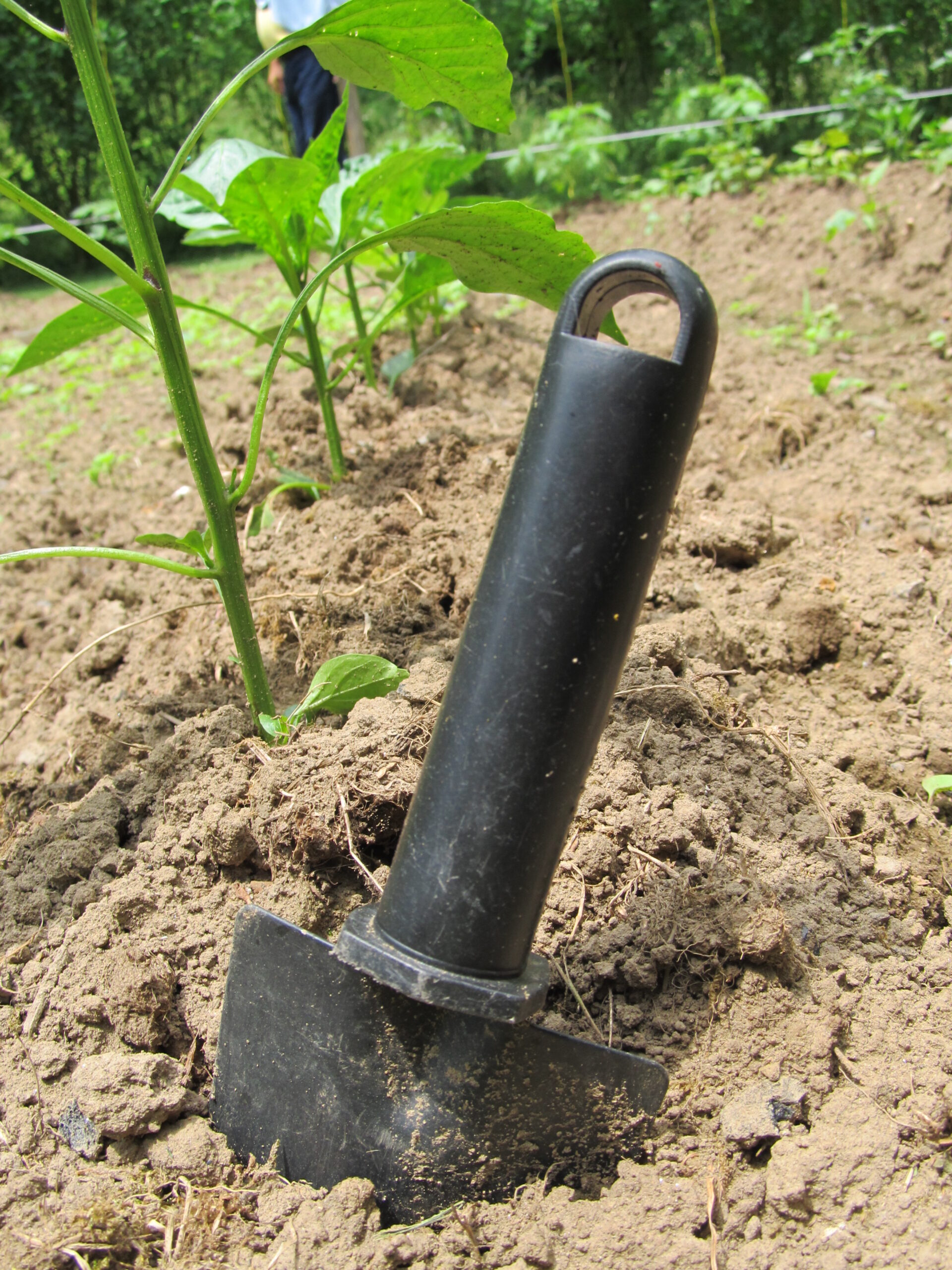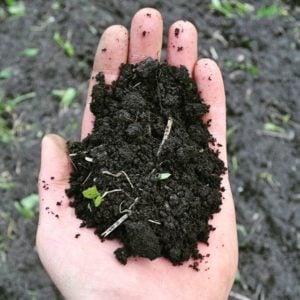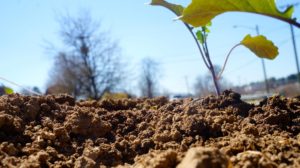With these fluctuating temperatures, the outdoors right now may seem like a cold (or warm?), unwelcoming place that that you never want to return to. Rest assured; better days are coming! After all, the first day of spring started this week! Soon enough, you’ll be able to walk outside without the fear of crippling frost and other unfortunate cold-weather incidents. When the ground is no longer coated with frost, you’ll be able to prepare the soil for the coming growing season. Which brings us to…
Soil testing!
A lot of you have likely already had your soil tested. That’s a great thing! If you’re in that boat, and you have your results, you’re probably wondering what all of those letters and numbers mean. Depending on where you are located, you may have different results. Listed below, however, are a few common criteria found in soil tests:
- pH is used to measure soil acidity and it’s measured in percentage of hydrogen present. A typical scale for soil is 3-8, and a lower number means your soil is more acidic. You may find two measurements of pH in your test: pH water, which is the pH after the sample has been mixed with an equal volume of distilled water, and pH buffer, which is the same as pH water except the sample has been mixed with an equal volume of a buffer solution. Lime recommendations are made from the result of the pH buffer reading. Most crops are able to grow well with a pH of 6-7.
- LR: Lime requirement (may have different abbreviation), which is the number of tons of standard garden-grade lime needed to bring the soil pH to a more desirable level. For most vegetables in a vegetable garden, as previously described, a pH of 6-7 is most ideal. To obtain the opposite effect, that is, lower the pH, use sulfur.
- CEC: Cation Exchange Capacity. Cations are elements that carry a positive charge (potassium, calcium, magnesium). The cation exchange capacity is the level at which soil can essentially hold on to these positively-charged particles. CEC is measured in milli-equivalents of element per 100 grams of soil. An acceptable CEC level is 15 or higher.
- K, Ca, Mg: Potassium, Calcium, and Magnesium. These are three of the most needed cations and you want a good balance of them. An ideal range is 80-85% Calcium (Ca), 10-15% Magnesium (Mg), and 2-3% Potassium (K). You can adjust your soil’s conditions to meet these ranges by adhering to proper fertilizer recommendations made by your extension agent or other trusted source. For more information about these cations and other nutrients your soil needs, check out this Grow Appalachia blog.
- P: Phosphorus. Unlike cations, which carry a positive charge, phosphorus is an anion, meaning it carries a negative charge. Soil, in terms of whether it’s positively or negatively charged, is negative, so it doesn’t hold on to phosphorus and other anions very readily. The total amount of phosphorus in the soil is usually much greater than what is already available. However, healthy soils with high contents of organic matter have more available phosphorus.
Again, depending on your location, other nutrient levels may be tested for. In Kentucky, soil tests conducted through the University of Kentucky also test for boron levels, zinc, organic matter content, and triazine residue, in addition to the other nutrients above (Note: Triazine is a nitrogenous chemical part of a compound that is used in herbicides).
You’ll likely have some recommendations along with your soil test results. If you don’t have hard numbers on how much to apply, you can refer to several calculations and conversions referenced below. Recommended amounts of amendments to the soil should be mixed in the upper 4-6 inches of the soil, to avoid harming plant roots. If large amounts of amendments are needed (e.g. 20 pounds per 100 square feet), mix half in the fall and the other half in the spring.
Remember: There is absolutely no benefit to applying more than what is needed. Over applying nutrients may not only cause harm to the plant, but to the surrounding environment.
Also, take caution when adding organic matter. Organic matter examples include compost, composted manure, grass clippings, straw, wood chips, etc. If you already have high levels of certain nutrients, adding extra organic matter is again, potentially going to cause more harm than good. Example: Composted manure (e.g. manure that has aged for an adequate amount of time) is high in nitrogen, so you would not want to add that in addition to your fertilizer recommendations.
Soil tests are taken in the first place so that you, the gardener, do not have to play the guessing game of “how much is too much?” With these results and actual numbers, you will know exactly where your garden stands and what you can add to make sure you have beautiful, bountiful, healthy crops all season long! As always, if you have any questions, reach out to your local extension agent (After all, that’s where your soil samples will be dropped off to in the first place). You can always reach out to Grow Appalachia HQ as well.
You’ve got your soil test results, now get your recommended amendments set, and then…PLANT!!
Resources/Further Reading:
Soil Testing: What It Is and What It Does
Soil Testing: Kentucky GROW (.pdf)
Reading Soil Test Reports from WVU Extension
Soil Test Calculations and Conversions
More on Soil Testing from Clemson Extension
Getting the most out of your soil garden test report





Leave A Comment